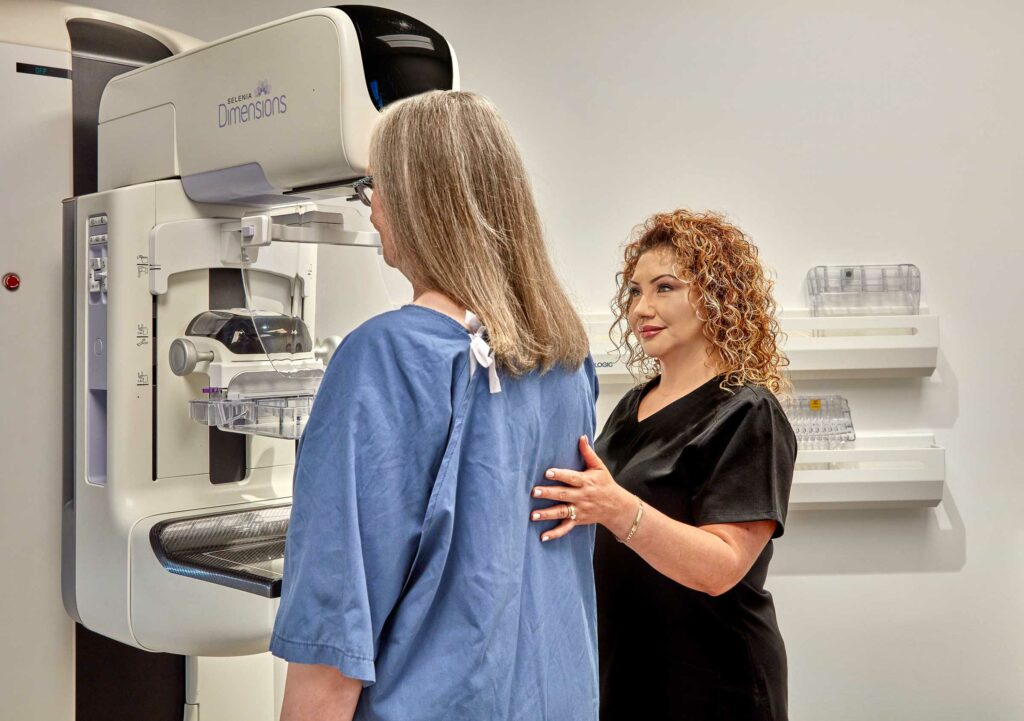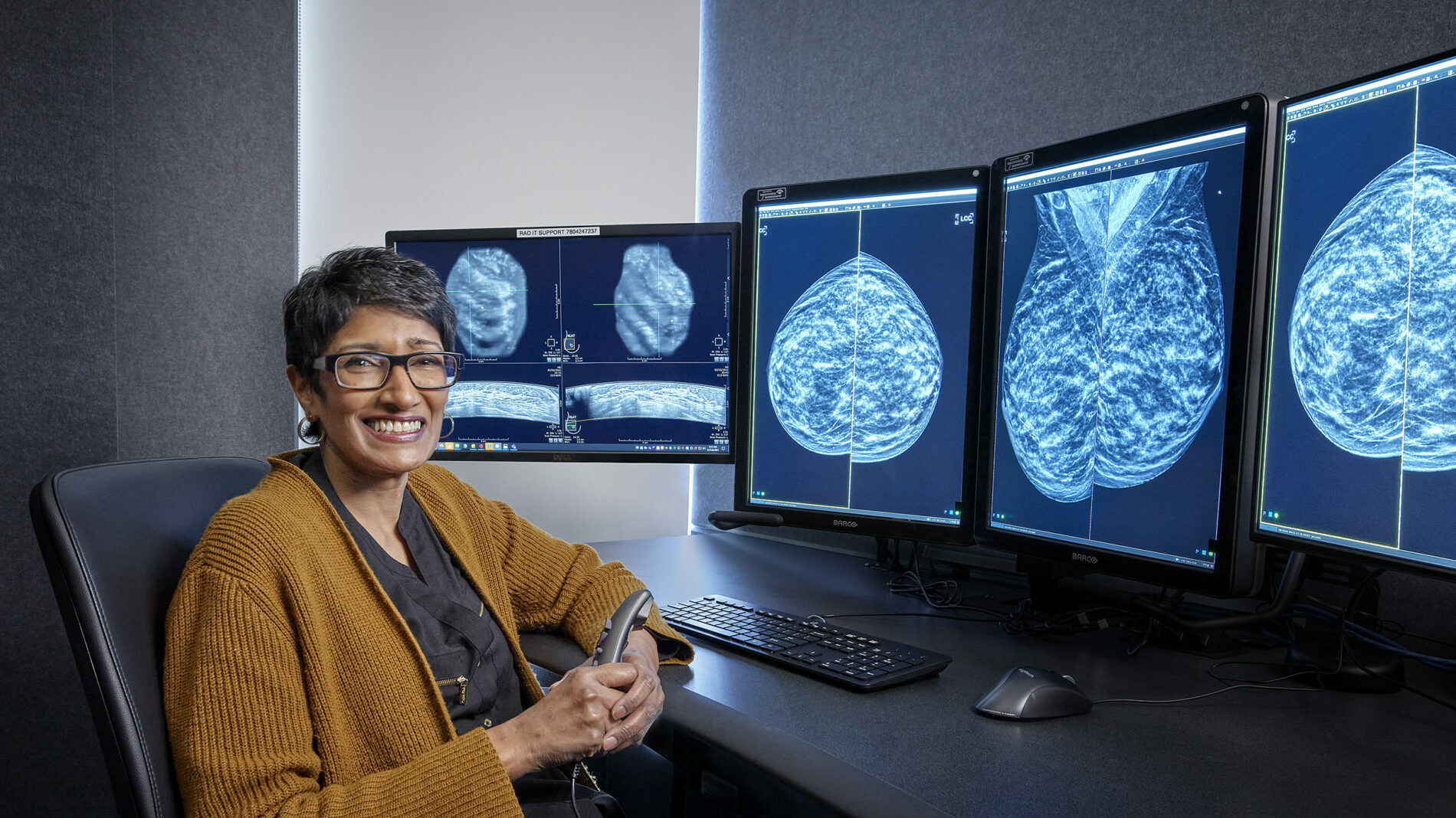Breast Imaging Exam Prep
Find out when you book
Medically reviewed by Dr. Paul Benvenuto, MD, HBSc, FRCPC
What is breast imaging?
Breast imaging can help detect breast cancer in men, women, and gender diverse people at the very early stages – often two years before a lump or other symptom becomes noticeable to a patient or their practitioner. In addition, breast imaging is a diagnostic tool used by practitioners to:
- Assess the cause of breast symptoms such as lumps, tenderness or nipple discharge
- Identify the type, location and stage of breast cancer
- Determine the results of chemotherapy
- Evaluate the integrity of breast implants
MIC is Committed to Excellence in Breast Imaging
MIC’s technologists and radiologists specialize in breast imaging and offer a full range of services in our clinics:
- Screening and diagnostic mammography using advanced Digital Breast Tomosynthesis (DBT)
- Breast ultrasound exams for patients with dense breast tissue using Automated Breast Ultrasound System (ABUS) or Hand Held Ultrasound (HHUS) to supplement DBT mammography.
- Diagnostic breast ultrasounds to check results from a mammogram or to screen patients who are pregnant.
- Breast MRI to capture very detailed images with our 3T MRI scanner to supplement mammograms and ultraosund.
- Breast interventions such as image-guided biopsies or cyst aspiration to further explore any abnormalities found during these exams.

Mammography Self-Referral Guidelines in Alberta
The chance of developing breast cancer increases with age. Alberta Health Services has created a provincial screening program where certain patients can “self-refer” for screening mammography exams without a requisition from their healthcare practitioner. The goal of the program is to make screening as convenient as possible for the right demographic to increase early detection.
Learn more about self-referring for a screening mammogram and the Screening for Life Program.
Screening for the 2SLGBTQI+ Community
MIC uses biological terms to describe body parts. However, we do understand that gender diverse people may refer to their body parts using different language. Our goal is to create a safe and comfortable environment for all our patients to improve the chances of early detection and aid in the fight against breast cancer.
Should I get screened?
Any patient between 40 and 74 with breast tissue should talk to their healthcare practitioner about the potential benefits of screening, regardless of their gender identity or sexual orientation. Breast tissue refers to the fatty tissue located on top of the chest muscles, which we evaluate during imaging. It’s important to consider top surgery and if/how long a patient has been taking gender affirming hormones like estrogen, when considering a routine breast screening program.
Learn more about breast screening recommendations for the 2SLGBTQI+ Community.
